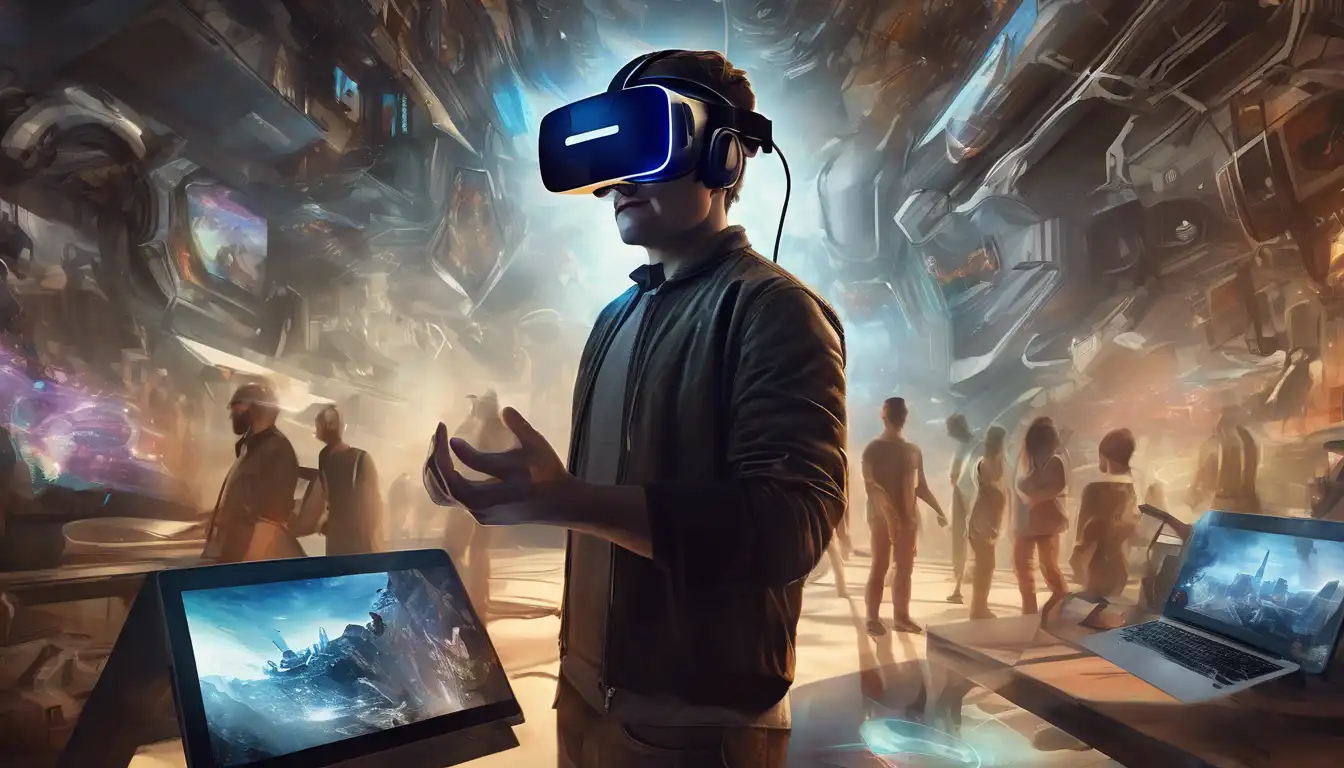Introduction to Virtual Reality
Virtual Reality (VR) is no longer just a figment of science fiction. It's here, and it's transforming the way we interact with digital content. From gaming to education, VR is making waves across various sectors, offering immersive experiences that were once unimaginable.
The Rise of VR in Gaming
The gaming industry has been one of the earliest adopters of VR technology. With devices like the Oculus Rift and HTC Vive, gamers can now step into virtual worlds, experiencing games in a whole new dimension. This leap in technology has not only enhanced gameplay but also opened up new possibilities for game developers.
VR Beyond Gaming
While gaming might be the most visible application of VR, its potential extends far beyond. In education, VR can transport students to historical sites or simulate complex scientific phenomena. In healthcare, it's being used for surgical training and patient rehabilitation. The possibilities are endless.
Why VR is the Next Big Thing in Tech
VR is set to redefine our digital experiences. Its ability to create fully immersive environments makes it a powerful tool for entertainment, education, and even social interaction. As technology advances, we can expect VR to become more accessible and integrated into our daily lives.
Challenges and Opportunities
Despite its potential, VR faces challenges such as high costs and the need for powerful hardware. However, as these barriers are overcome, the opportunities for innovation are boundless. From virtual meetings to virtual tourism, VR is paving the way for a future where the digital and physical worlds merge.
Conclusion
Virtual Reality is not just the next big thing in tech; it's a gateway to new experiences and opportunities. As we continue to explore its potential, one thing is clear: VR is here to stay, and its impact will be felt across all aspects of our lives.
For more insights into the latest tech trends, check out our articles on Tech Innovations and Digital Transformation.
